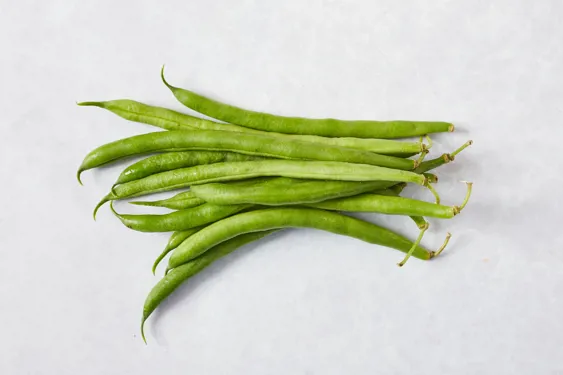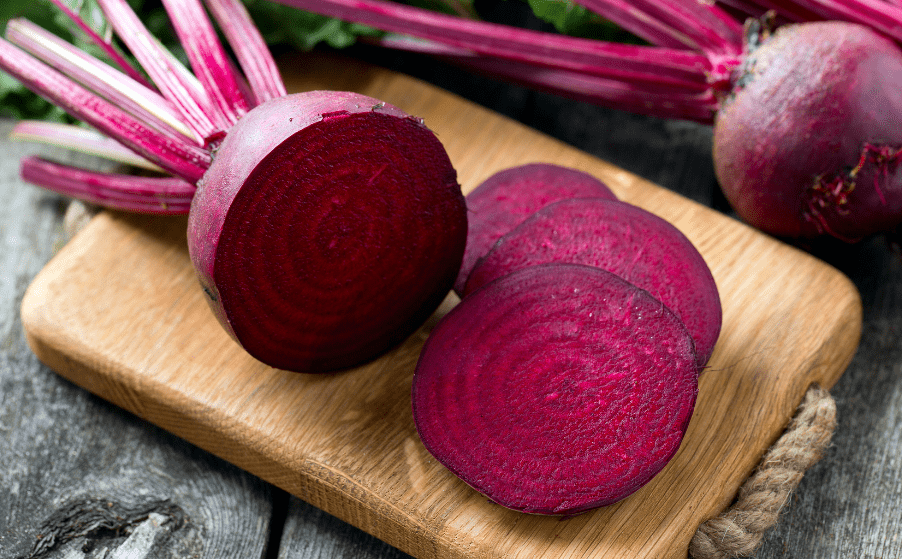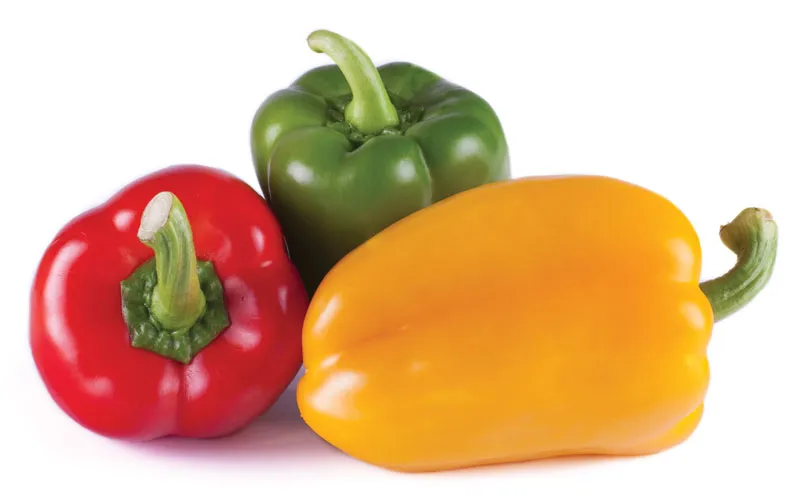
Description
In different nations, a green bean is known by the names Common bean, Haricot bean, French bean, or Kidney bean. Green beans feature long, thin, crisp, green pods that are filled with tiny, rounded, smooth seeds. The pods are typically delicate, and after removing the ends, the entire pod is consumed. When the fruit is bright green, the pod is meaty, and the seeds are tiny and green, beans should be harvested.
Varieties
There are various varieties of green beans, such as:
The flavor of this traditional pole string bean type known as “Kentucky Wonder” is coveted.
This heritage bush bean, called “Bountiful,” produces early and has no strings.
Known as the “Golden Wax Bean,” this yellow bush bean has a delicate feel.
The bush bean variety “Royal Burgundy” features purple pods that become green when cooked. It is an early producer.
“Romano”: The flavor of this traditional broad, Italian-style bush or pole bean is meaty.

Uses
Green beans are a staple food available fresh, tinned, and frozen in many nations. They can be steamed, cooked, stir-fried, baked, or eaten raw. They are frequently prepared in different recipes including casseroles, stews, and soups. Similar to how cucumbers are pickled, green beans can also be.
Nutrition
In a reference amount of 100 g, raw green beans have 31 calories and are a moderate source of the vitamins C, K, B6, and manganese, whereas other micronutrients are scarce.
Cultivation
The pH of the soil, which ranges from slightly acidic to exactly neutral, should be between 6.0 and 7.0 for green beans to flourish at their best. A soil test will show you whether the soil is where it should be and what, if any, improvements are necessary. Green beans need at least six hours a day of direct sunshine and need full sun as well.
Table





